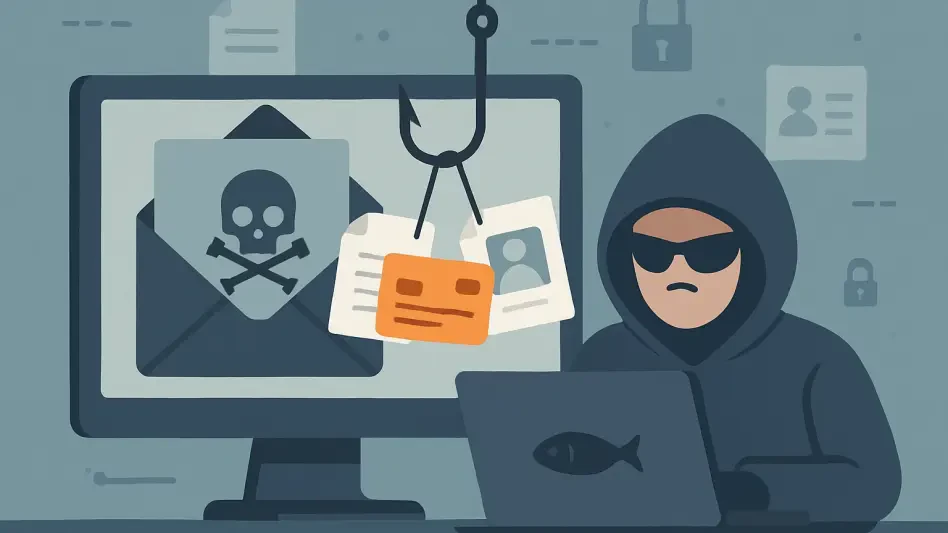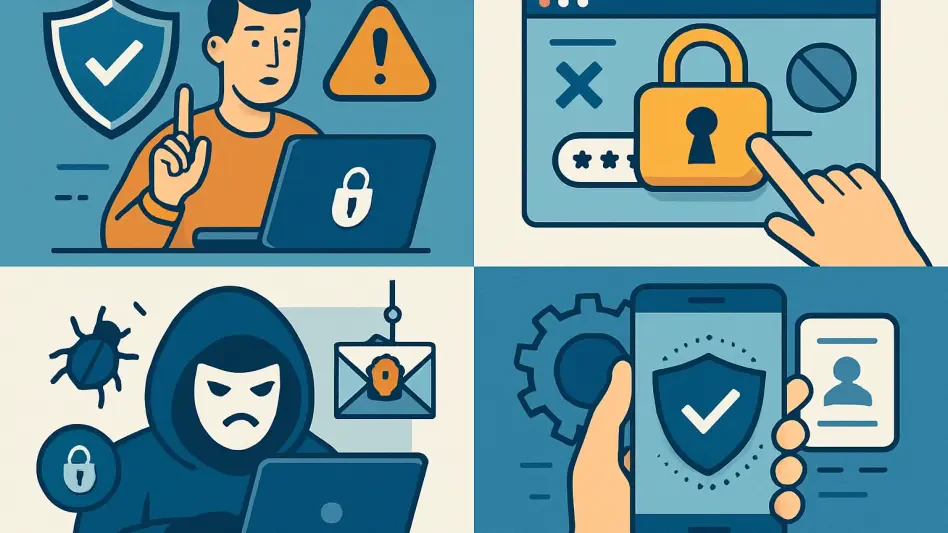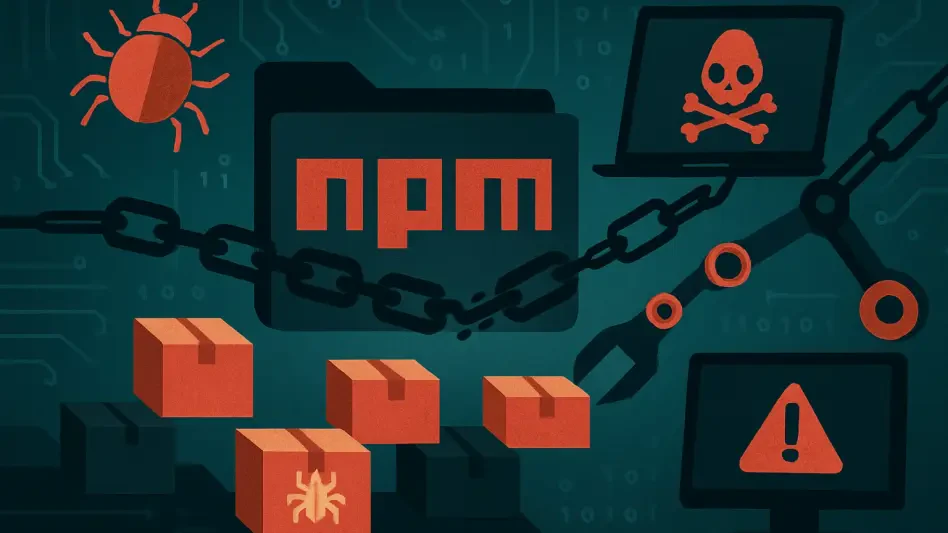In a recent wave of cyberattacks, Taiwan’s organizations have become the primary targets of a sophisticated malware campaign using Winos 4.0. This malicious software harnesses the power of deception through phishing emails masquerading as official tax documents, creating a substantial threat to unsuspecting recipients. The hacker’s strategy is as cunning as it is invasive, leveraging human trust in government-related communications to infiltrate systems and conduct a plethora of nefarious activities.
The Emergence of Winos 4.0 and Its New Distribution Method
Previously distributed via gaming applications, Winos 4.0 has made a calculated shift towards a more insidious approach: phishing emails that emulate government correspondence. The campaign, first identified by FortiGuard Labs in January 2025, has brought to light a novel and disturbing trend where cybercriminals cleverly adopt governmental imagery and rhetoric to dupe their victims. These phishing emails, pretending to be from Taiwan’s National Taxation Bureau, urge recipients to download attachments allegedly containing a list of companies scheduled for tax inspection.
The Deceptive Tactics of Phishing Emails
The phishing emails mimic official government communications with alarming precision, creating a sense of urgency and legitimacy. Recipients are tricked into believing they must act promptly to review the attached documents. However, instead of legitimate tax information, the clicked attachment unleashes a ZIP file packed with malicious DLL files. This ZIP file plays a crucial role in concealing the malware’s true intent, as the files within it are designed to activate and install Winos 4.0 on the user’s system upon execution.
The execution chain begins with the disguised executable files that, once opened, establish a connection with a command-and-control (C2) server. This server is responsible for downloading the Winos 4.0 malware onto the user’s device. This malicious software is then unleashed, capable of performing various harmful activities. These include keylogging, screen capturing, clipboard monitoring, and bypassing security measures, all while remaining undetected by embedding its payload within registry keys.
Advanced Obfuscation Techniques
One of the most challenging aspects of Winos 4.0 is its sophisticated obfuscation techniques. By embedding encrypted configurations within registry keys, the malware maintains a high level of stealth and evades typical detection methods. Cybersecurity experts Jason Soroko and J. Stephen Kowski have highlighted the complex nature of this attack, emphasizing how it exploits human trust in governmental communications. This new trend in malware distribution marks a significant evolution in cybercriminal tactics, as traditional detection methods fall short in identifying and neutralizing such well-concealed threats.
The Implications for Cybersecurity Measures
The Winos 4.0 campaign serves as a wake-up call for organizations, stressing the urgent need to bolster their cybersecurity defenses. With the malware’s ability to bypass conventional security measures, there is a growing emphasis on adopting advanced detection and response systems.
The Role of AI-Powered Security Tools
Experts argue that AI-powered security tools could be pivotal in combating threats like Winos 4.0. J. Stephen Kowski underscored the importance of leveraging artificial intelligence to identify patterns of deception in phishing emails before users have the chance to fall prey to them. Such AI-driven solutions could be instrumental in proactively spotting and mitigating sophisticated threats that traditional antivirus programs might miss.
Another crucial strategy involves user education and awareness. Conducting comprehensive training sessions for employees on phishing threats and highlighting red flags can significantly reduce the risk of malware infections. It’s essential for employees to be vigilant and question the legitimacy of unexpected emails, particularly those urging immediate action and containing attachments.
Multi-Layered Security Measures
Implementing multi-layered security measures can further fortify an organization’s defenses against Winos 4.0 and similar threats. This can include updating antivirus databases regularly to ensure the latest threat signatures are recognized. Additionally, organizations might consider deploying managed file transfer systems that require user registration, effectively monitoring and controlling the flow of files within their network. Another effective safeguard is the complete blocking of ZIP attachments, which can prevent malicious files from entering the system through email gateways.
In the wake of the Winos 4.0 campaign, it was clear that a robust cybersecurity posture demanded an integrated approach encompassing advanced technologies, user education, and multi-layered defenses.
Moving Forward with Enhanced Cybersecurity
Recently, Taiwan’s organizations have become the main targets of a sophisticated cyberattack campaign that utilizes a malicious software known as Winos 4.0. This advanced malware is distributed through deceptive phishing emails that are disguised as official tax documents, posing a significant threat to unsuspecting recipients. The hackers’ strategy involves a sophisticated level of cunning, exploiting the inherent trust that people place in government-related communications in order to gain access to vulnerable systems. Once these systems are compromised, the attackers are able to carry out a wide range of malicious activities, causing substantial harm and disruption. These nefarious activities could involve data theft, system sabotage, or even launching additional attacks using the compromised systems. Such cyber threats are continually evolving, highlighting the need for heightened security measures and awareness against phishing tactics and malware intrusions. Organizations must stay vigilant and adopt robust cybersecurity defenses to protect against these types of sophisticated threats.







